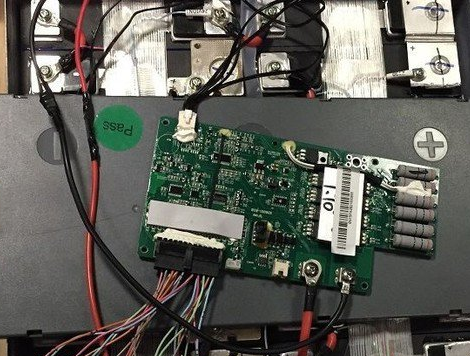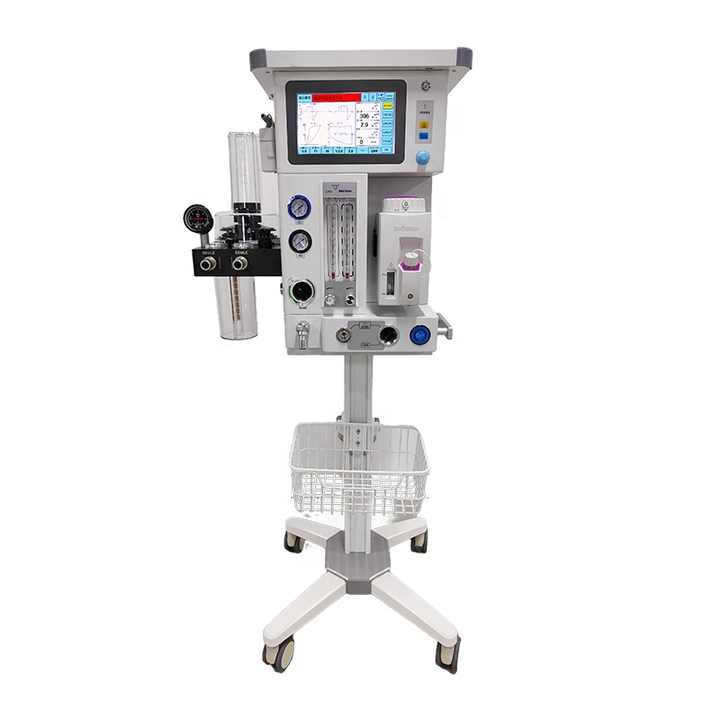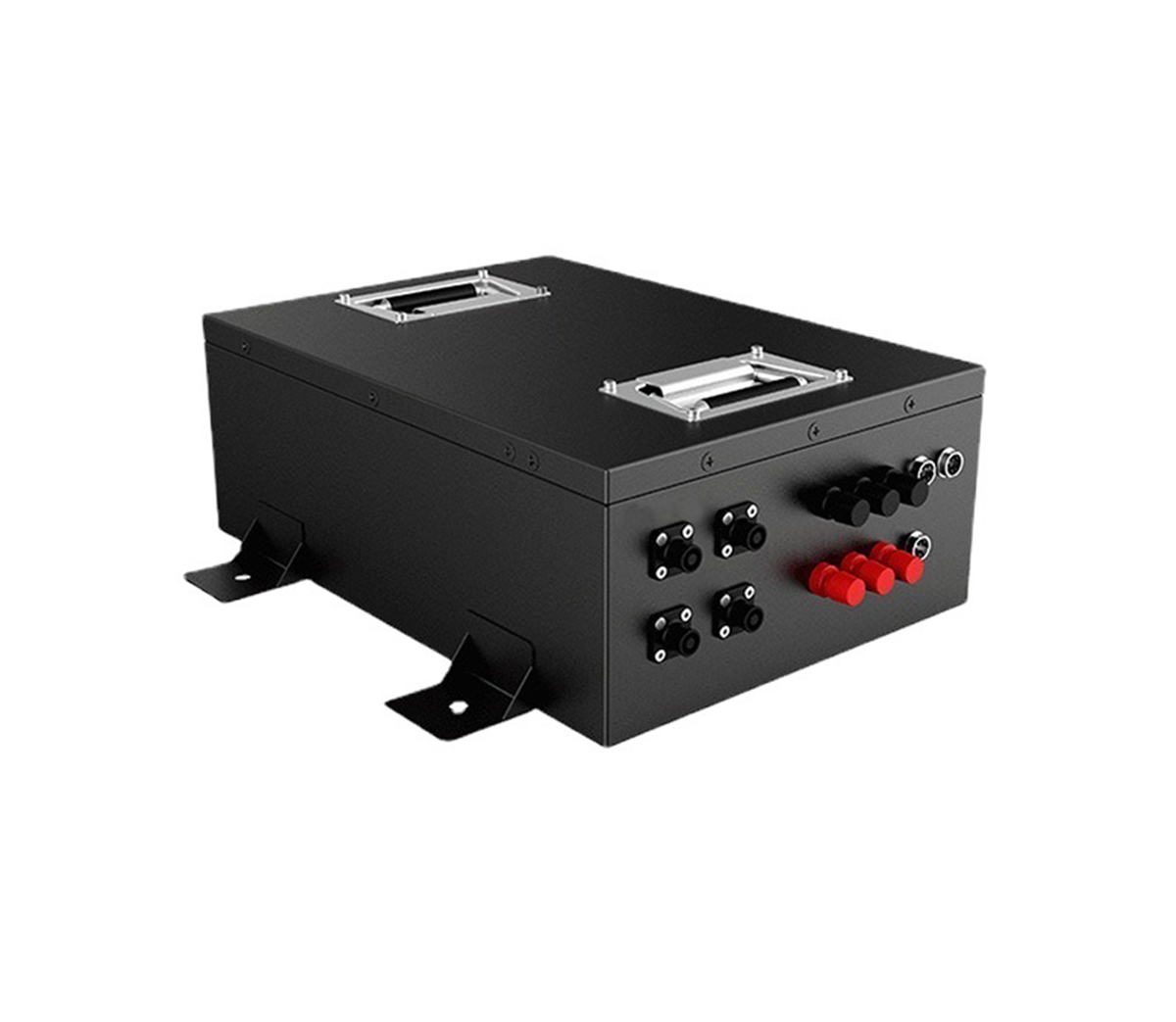The function, role and failure analysis method of battery management system
(BMS)
The BMS (BATTERY MANAGEMENT SYSTEM) is an important link between the
battery and downstream equipment. It can improve the utilization of the battery,
prevent the battery from overcharging and over-discharging, extend the battery
life, and monitor the battery status.

1. The functions and functions or tasks of the battery management system
(BMS) can be detailed as follows:
1. Protect cells and battery packs from damage;
2. Make the battery work in a suitable voltage and temperature range;
3. Keep the battery running under proper conditions;
4. Battery parameter detection: including total voltage, total current,
cell voltage detection, temperature detection, insulation detection, collision
detection, impedance detection, smoke detection, etc.;
5. Establishment of battery status: including SOC, SOH, SOF.
6. Online diagnosis: faults include sensor faults, network faults, battery
faults, battery overcharge, over-discharge, overcurrent, insulation faults,
etc.;
7. Battery safety protection and alarm: When a fault is diagnosed, BMS will
report the fault to the system, and cut off the circuit to protect the battery
from damage;
8. Charge control: slow charge and fast charge control;
9. Battery consistency control: Collect cell voltage information, and use
equalization methods to make the battery consistent. The equalization methods
include dissipative and non-dissipative;
10. Thermal management function: During charging and discharging, monitor
the temperature of each observation point of the battery pack, and decide
whether to turn on heating and cooling;
11. Network function: including online calibration and health, online
program download. CAN network is usually used;
12. Information storage: storage of key data such as SOC, SOH, charge and
discharge ampere hours, fault codes, etc.
It can be seen that the battery management system is not only closely
related to the battery, but also closely related to the upstream and downstream
systems. Compared with other products, the battery management system has
relatively high failures and is more difficult to deal with.
We have summarized some common methods when the battery management system
fails, for the reference of relevant personnel.
2. BMS failure analysis method
1. Observation method: When the system has a communication interruption or
a control abnormality, observe whether each module of the system has an alarm
and whether there is an alarm icon on the display screen, and then check the
phenomenon one by one.
When conditions permit, try to reproduce the fault under the same
conditions as much as possible to confirm the problem.
2. Elimination method: When a similar interference phenomenon occurs in the
system, each component in the system should be removed one by one to determine
which part has an impact on the system.
3. Replacement method: When a certain module has abnormalities in
temperature, voltage, control, etc., change the position of the module with the
same string number to diagnose the module problem or the wiring harness
problem.
4. Environmental inspection method: When the system fails, if the system
fails to display, we often ignore some details. First of all, we should look at
the obvious things: if it is plugged in? Is the switch turned on? Are all the
wires connected? Perhaps the root of the problem lies in it.
5. Program upgrade method: When an unknown failure occurs after the new
program is burned, which results in abnormal system control, the previous
version of the program can be burned for comparison to analyze and deal with the
failure.
6. Data analysis method: When a control or related failure occurs in the
BMS, the BMS stored data can be analyzed, and the message content in the CAN bus
can be analyzed.

Lithium-ion battery (LIB) has become the main energy storage solution in
modern social life. Among them, lithium iron phosphate batteries are a perfect
substitute for lead-acid batteries, and are the first choice for grid-connected
peak shaving, off-grid energy storage, photovoltaic energy storage, UPS, data
center and other industries.




































